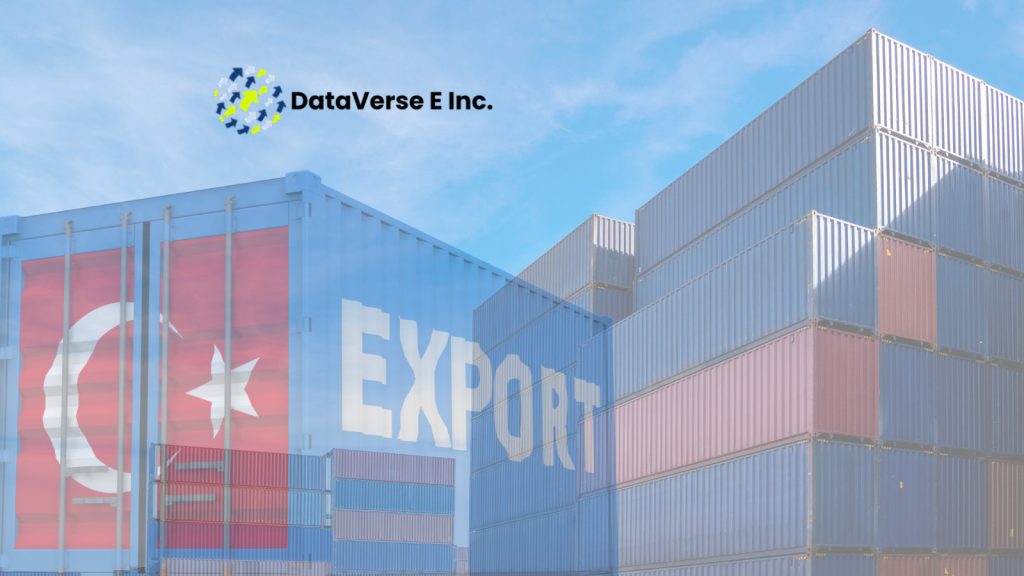In a welcome step for India’s export sector, the government has extended the RoDTEP (Remission of Duties and Taxes on Exported Products) scheme till March 31, 2026. This extension provides exporters with an important window of certainty in a globally volatile trade environment. This is particularly significant as many Indian industries are currently coping with tariffs, rising input costs, and shifting demand. In this article, we discuss what this extension means, who benefits, what exporters should do, and what to monitor in the future.
What Is RoDTEP
RoDTEP is an export incentive scheme that was launched by India in January 2021. The goal of the rebate is to reduce associated central, state, and local taxes and obligations that exporters incur during production, packaging, transportation, and distribution. These costs are typically not refunded through existing credit programs. These include state electricity duty (symptomatic of a dual economy), mandi cess, and some local taxes.
Unlike some of the previous export incentive schemes, RoDTEP intends to be compliant with WTO norms by targeting only non-creditable taxes. Since its inception, it has emerged as an important instrument to enhance the export competitiveness of India.
Why the Extension Matters
The scheme was initially expected to end on September 30, 2025, but the Press Information Bureau and DGFT notification have confirmed that it will now be extended until March 2026.
This move is important for a number of reasons:
Reason 1: Policy certainty for Exporters
With more certainty, exporters and businesses are able to plan ahead. The six-month extension eliminates uncertainty on prices, contract terms, and cash-flow projections. Using global export import trade data and market trends can further help exporters plan their shipments strategically.
Reason 2: Continued cost relief
RoDTEP credits are mostly in the range of 1 to 4% of the export value, depending on the HSN/HS code of the product. For many exporters on a small scale, this relief can be the difference between competitiveness and loss.
Reason 3: Ability to cope with tariff pressure
The extension comes at a time when external headwinds are blowing in the form of increasing tariffs by major trading partners for Indian exporters. By maintaining RoDTEP, the government provides some relief from these pressures for exporters.
Which Exporters Benefit — Scope & Coverage
The extension confirms applicability to exports from:
- Domestic Tariff Area (DTA) unit
- Advance Authorization (AA) holders
- Special Economic Zone (SEZ) Units
- Export Oriented Units (EOUs)
The extension document makes clear that existing RoDTEP rates and product eligibility will not be changed during this time.
RoDTEP is currently covering more than 10,000 product lines, including sectors such as agriculture, textiles, leather, chemicals, engineering goods, etc. Especially relevant to their sector, pharma exporters have welcomed the extension.
Recent Export Trends & Context
To understand how relevant the extension is, it helps to look at what Indian exports have been up to:
- India’s merchandise exports for the first four months of FY26 (April-August) increased by 2.5% year-over-year and stood at around US$ 184 billion.
- At a higher level, the extension indicates that it is important to sustain export momentum, despite the fluctuations of global demand and trade policies.
By continuing on with RoDTEP, the government intends to strengthen export competitiveness during this time of uncertainty.
How Exporters Can Claim RoDTEP — Step-by-Step
Moving from concept to reality, here is how exporters can maximize the benefits of RoDTEP in the longer term:
1. Select RoDTEP in the shipping bill: When filing your shipping bill through ICEGATE, you must claim the RoDTEP claim on qualified products.
2. Customs processing & scroll generation: Once exported, customs will accept your claim on the basis of the Export General Manifest (EGM) and will produce a “scroll” certifying the allowable RoDTEP amount.
3. Scrip issuance & ledger credit: The approved amount is uploaded to your RoDTEP account in the ICEGATE portal. The exporter can claim the scrip against certain uses or surrender the scrip as per the DGFT guidelines.
4. Ensure documentation & audit ready: Maintain all related shipment and production documentation for verification, audits, and reconciliations.
To have the best chance of success, exporters need to make sure they have correct declarations, the invoice information is consistent, and they follow the rules set by the DGFT.
Practical Tips to Leverage the Extension
Here are some practical ways that exporters can take action:
- Check your product’s RoDTEP rate: Rates vary by HSN code. Visit DGFT’s “Appendix 4R / 4RE” to check on your product’s latest rate.
- Build it into your pricing model: In tight markets, there are cases when a 1-2% credit can mean that you are more competitive or have a better profit.
- Monitor DGFT notifications: Watch for any updates or revisions to rates, coverage, or procedural changes.
- Scenario planning: Consider the extension a short-term window. Prepare for both continuation and non-renewal scenarios to avoid surprise shocks after March 2026.
- Engage with trade associations: Bodies such as FICCI, FIEO, and sectoral associations can help in understanding the guidelines and in settling claim disputes. Indeed, FICCI had earlier called for an extension of RoDTEP in view of global trade uncertainties.
What Exporters Should Watch Next
Moving forward, it will be crucial for exporters to consider:
a. Union Budget 2026 – Will RoDTEP be extended further, replaced, or restructured?
b. Commercial Ministry updates—There might be some adjustments to the rates or coverage mid-scheme.
c. Changes to Global trade policies – New tariffs, non-tariff barriers, or protectionist trade measures in key markets will affect the RoDTEP program.
d. Advocacy from trade bodies – Organizations like the Global Trade Research Initiative (GTRI) have called for long-term predictability, for instance, a commitment of five years or so, so that exporters could better plan.
Conclusion
This extension by Indian govt of RoDTEP is much more than a bureaucratic decision; it serves as a lifeline for exporters during turbulent times. RoDTEP continues to identify the hidden taxes that aren’t refunded, helping Indian goods stay competitive in global markets. Nevertheless, exporters will have to be adaptable, like confirming applicable rates, observing strict compliance, and keeping an eye out for policy signals about March 2026.
In the simplest terms, this extension provides time for the export community. The current challenge is to utilize this time effectively.






No comment yet, add your voice below!